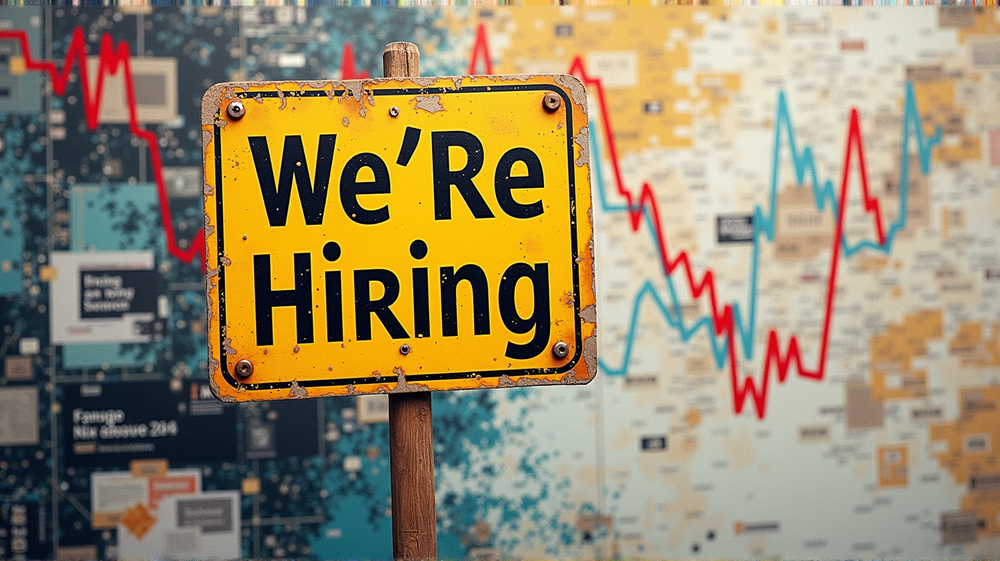In a world brimming with uncertainties, the U.S. job market finds itself teetering on an intricate balance. According to the Labor Department, the number of available job openings in August remained fairly unchanged at a robust 7.23 million, slightly up from July’s 7.21 million. Yet, behind these numbers lies a story of economic trepidation, one that reflects the complexities companies face in a landscape influenced by trade policies and a looming government shutdown.
The Calm Amid the Concerns
Amid uncertainties sparked by President Trump’s trade endeavors and prospective government hurdles, U.S. job openings have shown a façade of stability. This slight uptick seems to defy economists’ predictions that anticipated a dip down to 7.1 million. Despite such promising figures, there’s a dual narrative playing within the labor market that needs unraveling.
Quitting Confidence on a Decline
Even as layoffs have decreased, an illuminating trend surfaces—fewer individuals are voluntarily leaving their jobs. This reluctance to leap suggests a waning confidence amongst job seekers in the possibility of finding better opportunities. Though still at healthy levels, job openings have witnessed a gradual decline since their peak of 12.1 million in March 2022.
Influences Behind the Numbers
The job market’s sluggish momentum, a product of 11 interest rate hikes by the Federal Reserve in 2022 and 2023, continues to ripple through 2025. Now compounded by trade wars, it leaves a shroud of uncertainty stalling companies faced with hiring decisions. Carl Weinberg, High Frequency Economics’ chief economist, sums it up aptly: companies are cautious and erring on the side of caution.
A Revised Employment Picture
A revision by the Labor Department has unveiled a significant adjustment—911,000 fewer jobs were created than originally accounted for over a yearlong period. This recalibration paints a less vibrant employment picture, setting up a scenario where, since March, job creation has averaged a mere 53,000 monthly.
Forthcoming Data A Clouded Outlook
As the job market braces for further insights, all eyes are on the upcoming Labor Department report that potentially lays uncovered details of September’s hiring scene. However, with possible disruptions from a government funding stalemate, delivery of these insights hangs in the balance.
The Fed’s Counterbalance
Two weeks ago, a change crept in as Federal Reserve policymakers opted to lower interest rates to add buoyancy to the job market. This decision marks a shift aimed at supporting employment numbers in a time when certainty is as elusive as the jobs.
The landscape of U.S. employment remains a delicate dance between maintaining the workforce and navigating external economic variables. Whether this stasis holds remains a narrative that unfolds month-by-month. According to PBS, understanding these shifts is vital for every stakeholder in America’s economy.












